The Anti-Ageing Cosmetics market is expected to grow from USD 70.62 billion in 2022 to USD 154.45 billion by 2032, at a CAGR of 8.14% during the forecast period 2023-2032.
Anti-ageing cosmetics can be defined as those products and substances used topically on consumers' skin to stop or reverse the effects of ageing, such as sagging skin, wrinkles, and blemishes. Anti-ageing cosmetics also contain pigmentation and can be found in numerous products.
Growing consumer understanding of age-related skin concerns such as dull complexion, fine lines, and wrinkles is driving the growth of the anti-ageing cosmetics market. In addition, rising people's tendency to buy products that help them reveal younger-looking skin is expected to boost the market's growth during the forecast period. Moreover, launching organic products into the anti-ageing cosmetics market is another crucial factor expected to fuel the market's growth during the forecast period. On the other hand, the growing availability of substitute products with less toxic substances is hampering the growth of the anti-ageing cosmetics market. Moreover, rising concern about adverse side effects of these anti-ageing products on the skin, such as skin burns, is expected to challenge the market's growth over the forecast period.
This study comprehensively analyses product, form, distribution channel, and region. The product segment includes body moisturizer, eye cream & lotion, facial cleanser, facial mask, facial serum, facial cream & lotion, and others. The facial cream & lotion segment held the largest market share in 2022. Facial creams & lotions are specially formulated products that help keep facial skin hydrated, elastic, and firm, thus stopping wrinkles and fine lines. Generally, people have been very concerned about their facial appearance and are not shy about overspending on these products. The form segment is divided into cream, lotion, serum and others. The cream segment registered the largest market share in 2022. Anti-ageing cosmetics in creams are readily available everywhere, such as the face, eye, and anti-wrinkle creams. It also helps to protect the skin against harmful ultraviolet rays. Prominent market players in the anti-ageing cosmetics industry are continuously working on research and development to enhance the effectiveness of face creams as individuals broadly use them. The distribution channel segment is classified into cosmetic stores, online, supermarkets or hypermarkets, and others. The supermarkets or hypermarkets segment held the highest market revenue in 2022 due to the high tendency of consumers to purchase skin care products in supermarkets and hypermarkets, as these places enjoy a high customer preference. They offer substantial benefits to consumers over other distribution channels, such as lower prices, freedom of choice, and high stock & visibility of global brands.
The market has been divided into North America, Europe, Asia-Pacific, Middle East & Africa, and South America. The North America region held the highest market revenue in 2022 due to the higher disposable income, standards of living, and easy availability of new and innovative products. In addition, the increasing concern with social image and self-awareness is driving the region's growth. The Asia Pacific region is expected to witness the largest market share over the forecast period owing to growing concerns about sunburn, acne, the harmful effects of ultraviolet rays, skin cancer, and pollutants.
Some of the notable players in the market are Estee Lauder, Unilever Group, Procter & Gamble (P&G) Company, GALDERMA LABORATORIES L.P., Nu Skin Enterprises Inc., Hologic Inc., Shiseido Company Limited, Pierre Fabre S.A., Candela Corporation and Home Skinovations Ltd. among others.
Report Description:
1. Introduction
1.1. Objectives of the Study
1.2. Market Definition
1.3. Research Scope
1.4. Currency
1.5. Key Target Audience
2. Research Methodology and Assumptions
3. Executive Summary
4. Premium Insights
4.1. Porter’s Five Forces Analysis
4.2. Value Chain Analysis
4.3. Top Investment Pockets
4.3.1. Market Attractiveness Analysis By Product
4.3.2. Market Attractiveness Analysis By Form
4.3.3. Market Attractiveness Analysis By Distribution Channel
4.3.4. Market Attractiveness Analysis by Region
4.4. Industry Trends
5. Market Dynamics
5.1. Market Evaluation
5.2. Drivers
5.2.1. Rising demand for eye cream and lotion
5.2.2. Increasing trends and the introduction of organic anti-ageing products
5.3. Restraints
5.3.1. Adverse effects of anti-ageing products
5.4. Opportunities
5.4.1. Increasing consumer preference towards natural products
5.5. Challenges
5.5.1. Availability of less toxic alternatives
6. Global Anti-Ageing Cosmetics Market Analysis and Forecast, By Product
6.1. Segment Overview
6.2. Body Moisturizer
6.3. Eye Cream & Lotion
6.4. Facial Cleanser
6.5. Facial Mask
6.6. Facial Serum
6.7. Facial Cream & Lotion
6.8. Others
7. Global Anti-Ageing Cosmetics Market Analysis and Forecast, By Form
7.1. Segment Overview
7.2. Cream
7.3. Lotion
7.4. Serum
7.5. Others
8. Global Anti-Ageing Cosmetics Market Analysis and Forecast, By Distribution Channel
8.1. Segment Overview
8.2. Cosmetic Stores
8.3. Online
8.4. Supermarkets or Hypermarkets
8.5. Others
9. Global Anti-Ageing Cosmetics Market Analysis and Forecast, By Regional Analysis
9.1. Segment Overview
9.2. North America
9.2.1. U.S.
9.2.2. Canada
9.2.3. Mexico
9.3. Europe
9.3.1. Germany
9.3.2. France
9.3.3. U.K.
9.3.4. Italy
9.3.5. Spain
9.4. Asia-Pacific
9.4.1. Japan
9.4.2. China
9.4.3. India
9.5. South America
9.5.1. Brazil
9.6. Middle East and Africa
9.6.1. UAE
9.6.2. South Africa
10. Global Anti-Ageing Cosmetics Market-Competitive Landscape
10.1. Overview
10.2. Market Share of Key Players in the Anti-Ageing Cosmetics Market
10.2.1. Global Company Market Share
10.2.2. North America Company Market Share
10.2.3. Europe Company Market Share
10.2.4. APAC Company Market Share
10.3. Competitive Situations and Trends
10.3.1. Product Launches and Developments
10.3.2. Partnerships, Collaborations, and Agreements
10.3.3. Mergers & Acquisitions
10.3.4. Expansions
11. Company Profiles
11.1. Estee Lauder
11.1.1. Business Overview
11.1.2. Company Snapshot
11.1.3. Company Market Share Analysis
11.1.4. Company Product Portfolio
11.1.5. Recent Developments
11.1.6. SWOT Analysis
11.2. Unilever Group
11.2.1. Business Overview
11.2.2. Company Snapshot
11.2.3. Company Market Share Analysis
11.2.4. Company Product Portfolio
11.2.5. Recent Developments
11.2.6. SWOT Analysis
11.3. Procter & Gamble (P&G) Company
11.3.1. Business Overview
11.3.2. Company Snapshot
11.3.3. Company Market Share Analysis
11.3.4. Company Product Portfolio
11.3.5. Recent Developments
11.3.6. SWOT Analysis
11.4. GALDERMA Laboratories L.P.
11.4.1. Business Overview
11.4.2. Company Snapshot
11.4.3. Company Market Share Analysis
11.4.4. Company Product Portfolio
11.4.5. Recent Developments
11.4.6. SWOT Analysis
11.5. Nu Skin Enterprises Inc.
11.5.1. Business Overview
11.5.2. Company Snapshot
11.5.3. Company Market Share Analysis
11.5.4. Company Product Portfolio
11.5.5. Recent Developments
11.5.6. SWOT Analysis
11.6. Hologic Inc.
11.6.1. Business Overview
11.6.2. Company Snapshot
11.6.3. Company Market Share Analysis
11.6.4. Company Product Portfolio
11.6.5. Recent Developments
11.6.6. SWOT Analysis
11.7. Shiseido Company Limited
11.7.1. Business Overview
11.7.2. Company Snapshot
11.7.3. Company Market Share Analysis
11.7.4. Company Product Portfolio
11.7.5. Recent Developments
11.7.6. SWOT Analysis
11.8. Pierre Fabre S.A.
11.8.1. Business Overview
11.8.2. Company Snapshot
11.8.3. Company Market Share Analysis
11.8.4. Company Product Portfolio
11.8.5. Recent Developments
11.8.6. SWOT Analysis
11.9. Candela Corporation
11.9.1. Business Overview
11.9.2. Company Snapshot
11.9.3. Company Market Share Analysis
11.9.4. Company Product Portfolio
11.9.5. Recent Developments
11.9.6. SWOT Analysis
11.10. Home Skinovations Ltd.
11.10.1. Business Overview
11.10.2. Company Snapshot
11.10.3. Company Market Share Analysis
11.10.4. Company Product Portfolio
11.10.5. Recent Developments
11.10.6. SWOT Analysis
List of Table
1. Global Anti-Ageing Cosmetics Market, By Product, 2019-2032 (USD Billion) (Tons)
2. Global Body Moisturizer Anti-Ageing Cosmetics Market, By Region, 2019-2032 (USD Billion) (Tons)
3. Global Eye Cream & Lotion Anti-Ageing Cosmetics Market, By Region, 2019-2032 (USD Billion) (Tons)
4. Global Facial Cleanser Anti-Ageing Cosmetics Market, By Region, 2019-2032 (USD Billion) (Tons)
5. Global Facial Mask Anti-Ageing Cosmetics Market, By Region, 2019-2032 (USD Billion) (Tons)
6. Global Facial Serum Anti-Ageing Cosmetics Market, By Region, 2019-2032 (USD Billion) (Tons)
7. Global Facial Cream & Lotion Anti-Ageing Cosmetics Market, By Region, 2019-2032 (USD Billion) (Tons)
8. Global Others Anti-Ageing Cosmetics Market, By Region, 2019-2032 (USD Billion) (Tons)
9. Global Anti-Ageing Cosmetics Market, By Form, 2019-2032 (USD Billion) (Tons)
10. Global Cream, Anti-Ageing Cosmetics Market, By Region, 2019-2032 (USD Billion) (Tons)
11. Global Lotion, Anti-Ageing Cosmetics Market, By Region, 2019-2032 (USD Billion) (Tons)
12. Global Serum, Anti-Ageing Cosmetics Market, By Region, 2019-2032 (USD Billion) (Tons)
13. Global Others, Anti-Ageing Cosmetics Market, By Region, 2019-2032 (USD Billion) (Tons)
14. Global Anti-Ageing Cosmetics Market, By Distribution Channel, 2019-2032 (USD Billion) (Tons)
15. Global Cosmetic Stores Anti-Ageing Cosmetics Market, By Region, 2019-2032 (USD Billion) (Tons)
16. Global Online Anti-Ageing Cosmetics Market, By Region, 2019-2032 (USD Billion) (Tons)
17. Global Supermarkets or Hypermarkets Anti-Ageing Cosmetics Market, By Region, 2019-2032 (USD Billion) (Tons)
18. Global Others Anti-Ageing Cosmetics Market, By Region, 2019-2032 (USD Billion) (Tons)
19. Global Anti-Ageing Cosmetics Market, By Region, 2019-2032 (USD Billion) (Tons)
20. North America Anti-Ageing Cosmetics Market, By Product, 2019-2032 (USD Billion) (Tons)
21. North America Anti-Ageing Cosmetics Market, By Form, 2019-2032 (USD Billion) (Tons)
22. North America Anti-Ageing Cosmetics Market, By Distribution Channel, 2019-2032 (USD Billion) (Tons)
23. U.S. Anti-Ageing Cosmetics Market, By Product, 2019-2032 (USD Billion) (Tons)
24. U.S. Anti-Ageing Cosmetics Market, By Form, 2019-2032 (USD Billion) (Tons)
25. U.S. Anti-Ageing Cosmetics Market, By Distribution Channel, 2019-2032 (USD Billion) (Tons)
26. Canada Anti-Ageing Cosmetics Market, By Product, 2019-2032 (USD Billion) (Tons)
27. Canada Anti-Ageing Cosmetics Market, By Form, 2019-2032 (USD Billion) (Tons)
28. Canada Anti-Ageing Cosmetics Market, By Distribution Channel, 2019-2032 (USD Billion) (Tons)
29. Mexico Anti-Ageing Cosmetics Market, By Product, 2019-2032 (USD Billion) (Tons)
30. Mexico Anti-Ageing Cosmetics Market, By Form, 2019-2032 (USD Billion) (Tons)
31. Mexico Anti-Ageing Cosmetics Market, By Distribution Channel, 2019-2032 (USD Billion) (Tons)
32. Europe Anti-Ageing Cosmetics Market, By Product, 2019-2032 (USD Billion) (Tons)
33. Europe Anti-Ageing Cosmetics Market, By Form, 2019-2032 (USD Billion) (Tons)
34. Europe Anti-Ageing Cosmetics Market, By Distribution Channel, 2019-2032 (USD Billion) (Tons)
35. Germany Anti-Ageing Cosmetics Market, By Product, 2019-2032 (USD Billion) (Tons)
36. Germany Anti-Ageing Cosmetics Market, By Form, 2019-2032 (USD Billion) (Tons)
37. Germany Anti-Ageing Cosmetics Market, By Distribution Channel, 2019-2032 (USD Billion) (Tons)
38. France Anti-Ageing Cosmetics Market, By Product, 2019-2032 (USD Billion) (Tons)
39. France Anti-Ageing Cosmetics Market, By Form, 2019-2032 (USD Billion) (Tons)
40. France Anti-Ageing Cosmetics Market, By Distribution Channel, 2019-2032 (USD Billion) (Tons)
41. U.K. Anti-Ageing Cosmetics Market, By Product, 2019-2032 (USD Billion) (Tons)
42. U.K. Anti-Ageing Cosmetics Market, By Form, 2019-2032 (USD Billion) (Tons)
43. U.K. Anti-Ageing Cosmetics Market, By Distribution Channel, 2019-2032 (USD Billion) (Tons)
44. Italy Anti-Ageing Cosmetics Market, By Product, 2019-2032 (USD Billion) (Tons)
45. Italy Anti-Ageing Cosmetics Market, By Form, 2019-2032 (USD Billion) (Tons)
46. Italy Anti-Ageing Cosmetics Market, By Distribution Channel, 2019-2032 (USD Billion) (Tons)
47. Spain Anti-Ageing Cosmetics Market, By Product, 2019-2032 (USD Billion) (Tons)
48. Spain Anti-Ageing Cosmetics Market, By Form, 2019-2032 (USD Billion) (Tons)
49. Spain Anti-Ageing Cosmetics Market, By Distribution Channel, 2019-2032 (USD Billion) (Tons)
50. Asia Pacific Anti-Ageing Cosmetics Market, By Product, 2019-2032 (USD Billion) (Tons)
51. Asia Pacific Anti-Ageing Cosmetics Market, By Form, 2019-2032 (USD Billion) (Tons)
52. Asia Pacific Anti-Ageing Cosmetics Market, By Distribution Channel, 2019-2032 (USD Billion) (Tons)
53. Japan Anti-Ageing Cosmetics Market, By Product, 2019-2032 (USD Billion) (Tons)
54. Japan Anti-Ageing Cosmetics Market, By Form, 2019-2032 (USD Billion) (Tons)
55. Japan Anti-Ageing Cosmetics Market, By Distribution Channel, 2019-2032 (USD Billion) (Tons)
56. China Anti-Ageing Cosmetics Market, By Product, 2019-2032 (USD Billion) (Tons)
57. China Anti-Ageing Cosmetics Market, By Form, 2019-2032 (USD Billion) (Tons)
58. China Anti-Ageing Cosmetics Market, By Distribution Channel, 2019-2032 (USD Billion) (Tons)
59. India Anti-Ageing Cosmetics Market, By Product, 2019-2032 (USD Billion) (Tons)
60. India Anti-Ageing Cosmetics Market, By Form, 2019-2032 (USD Billion) (Tons)
61. India Anti-Ageing Cosmetics Market, By Distribution Channel, 2019-2032 (USD Billion) (Tons)
62. South America Anti-Ageing Cosmetics Market, By Product, 2019-2032 (USD Billion) (Tons)
63. South America Anti-Ageing Cosmetics Market, By Form, 2019-2032 (USD Billion) (Tons)
64. South America Anti-Ageing Cosmetics Market, By Distribution Channel, 2019-2032 (USD Billion) (Tons)
65. Brazil Anti-Ageing Cosmetics Market, By Product, 2019-2032 (USD Billion) (Tons)
66. Brazil Anti-Ageing Cosmetics Market, By Form, 2019-2032 (USD Billion) (Tons)
67. Brazil Anti-Ageing Cosmetics Market, By Distribution Channel, 2019-2032 (USD Billion) (Tons)
68. Middle East and Africa Anti-Ageing Cosmetics Market, By Product, 2019-2032 (USD Billion) (Tons)
69. Middle East and Africa Anti-Ageing Cosmetics Market, By Form, 2019-2032 (USD Billion) (Tons)
70. Middle East and Africa Anti-Ageing Cosmetics Market, By Distribution Channel, 2019-2032 (USD Billion) (Tons)
71. UAE Anti-Ageing Cosmetics Market, By Product, 2019-2032 (USD Billion) (Tons)
72. UAE Anti-Ageing Cosmetics Market, By Form, 2019-2032 (USD Billion) (Tons)
73. UAE Anti-Ageing Cosmetics Market, By Distribution Channel, 2019-2032 (USD Billion) (Tons)
74. South Africa Anti-Ageing Cosmetics Market, By Product, 2019-2032 (USD Billion) (Tons)
75. South Africa Anti-Ageing Cosmetics Market, By Form, 2019-2032 (USD Billion) (Tons)
76. South Africa Anti-Ageing Cosmetics Market, By Distribution Channel, 2019-2032 (USD Billion) (Tons)
List of Figures
1. Global Anti-Ageing Cosmetics Market Segmentation
2. Anti-Ageing Cosmetics Market: Research Methodology
3. Market Size Estimation Methodology: Bottom-Up Approach
4. Market Size Estimation Methodology: Top-Down Approach
5. Data Triangulation
6. Porter’s Five Forces Analysis
7. Value Chain Analysis
8. Global Anti-Ageing Cosmetics Market Attractiveness Analysis By Product
9. Global Anti-Ageing Cosmetics Market Attractiveness Analysis By Form
10. Global Anti-Ageing Cosmetics Market Attractiveness Analysis By Distribution Channel
11. Global Anti-Ageing Cosmetics Market Attractiveness Analysis by Region
12. Global Anti-Ageing Cosmetics Market: Dynamics
13. Global Anti-Ageing Cosmetics Market Share By Product (2023 & 2032)
14. Global Anti-Ageing Cosmetics Market Share By Form (2023 & 2032)
15. Global Anti-Ageing Cosmetics Market Share By Distribution Channel (2023 & 2032)
16. Global Anti-Ageing Cosmetics Market Share by Regions (2023 & 2032)
17. Global Anti-Ageing Cosmetics Market Share by Company (2022)
Market research is a method of gathering, assessing and deducing data & information about a particular market. Market research is very crucial in these days. The techniques analyze about how a product/service can be offered to the market to its end-customers, observe the impact of that product/service based on the past customer experiences, and cater their needs and demands. Owing to the successful business ventures, accurate, relevant and thorough information is the base for all the organizations because market research report/study offers specific market related data & information about the industry growth prospects, perspective of the existing customers, and the overall market scenario prevailed in past, ongoing present and developing future. It allows the stakeholders and investors to determine the probability of a business before committing substantial resources to the venture. Market research helps in solving the marketing issues challenges that a business will most likely face.
Market research is valuable because of the following reasons:
Our research report features both the aspects; qualitative and quantitative. Qualitative part provides insights about the market driving forces, potential opportunities, customer’s demands and requirement which in turn help the companies to come up with new strategies in order to survive in the long run competition. The quantitative segment offers the most credible information related to the industry. Based on the data gathering, we use to derive the market size and estimate their future growth prospects on the basis of global, region and country.
Our market research process involves with the four specific stages.
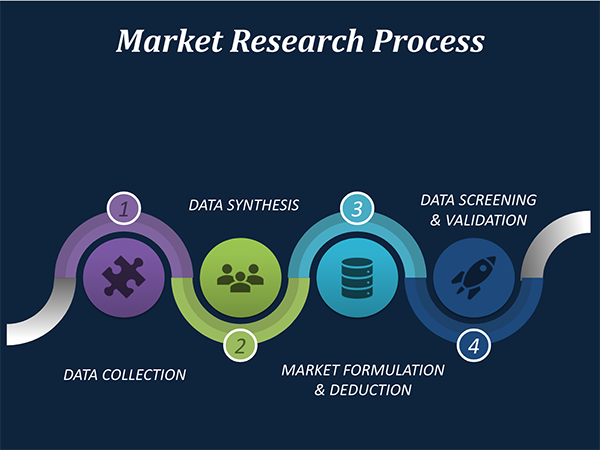
Data Collection: This stage of the market research process involves with the gathering and collecting of the market/industry related data from the sources. There are basically two types of research methods:
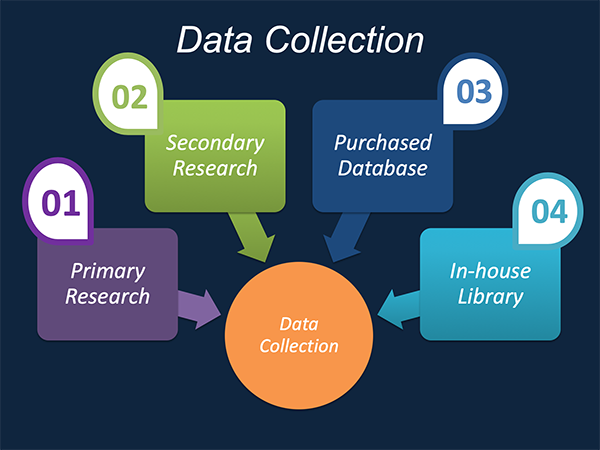
Data Synthesis: This stage includes the evaluation and assessment of all the data acquired from the primary and secondary research. It likewise includes in evaluating the information for any disparity watched while information gathering identified with the market. The data & information is gathered with consideration to the heterogeneity of sources. Scientific and statistical methods are implemented for synthesizing dissimilar information sets and provide the relevant data which is fundamental for formulating strategies. Our organization has broad involvement with information amalgamation where the information goes through different stages:
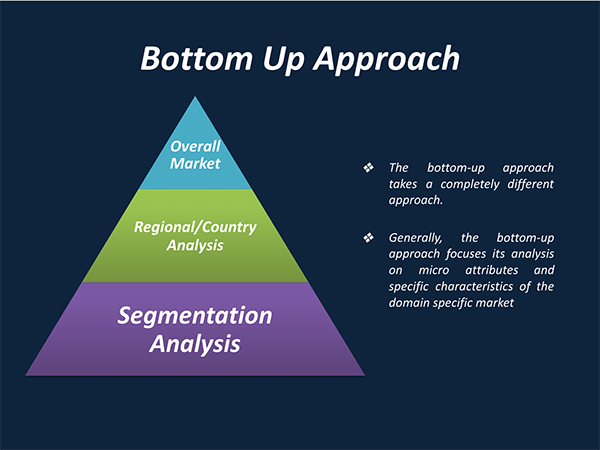
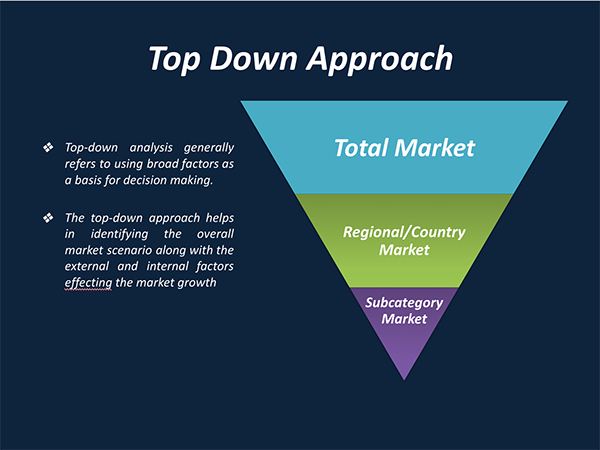
Market Formulation & Deduction: The last stage includes assigning the data & information in a suitable way in order to derive market size. Analyst reviews and domain based opinions based on holistic approach of market estimation combined with industry investigation additionally features a crucial role in this stage.
This stage includes with the finalization of the market size and numbers that we have gathered from primary and secondary research. With the data & information addition, we ensure that there is no gap in the market information. Market trend analysis is finished by our analysts by utilizing data extrapolation procedures, which give the most ideal figures to the market.
Data Validation: Validation is the most crucial step in the process. Validation & re-validation through scientifically designed technique and process that helps us finalize data-points to be used for final calculations. This stage also involves with the data triangulation process. Data triangulation generally implicates the cross validation and matching the data which has been collected from primary and secondary research methods.
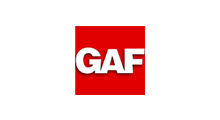

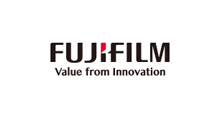
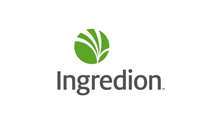

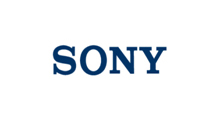
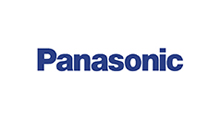
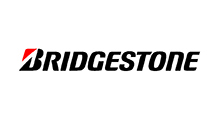
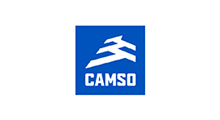
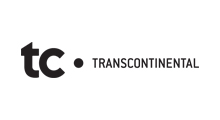
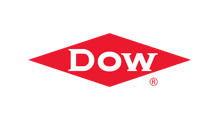
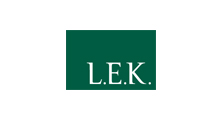

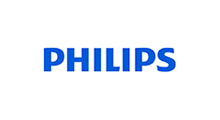
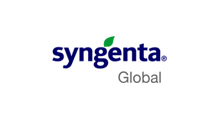
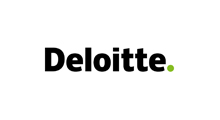

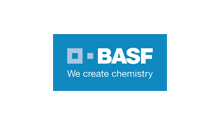
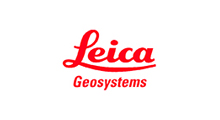
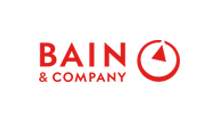
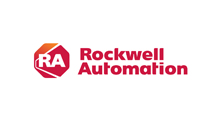
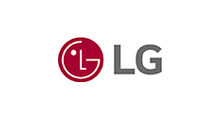
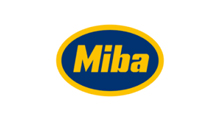
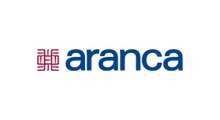
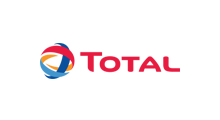
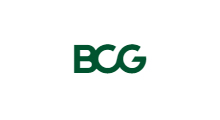
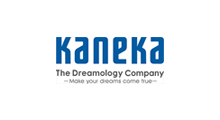
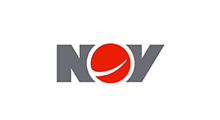
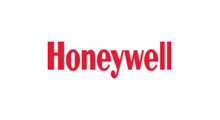
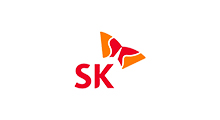
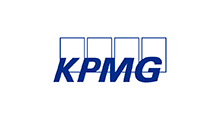
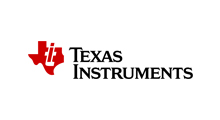
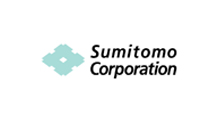
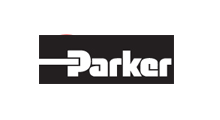
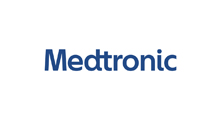
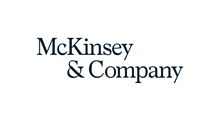


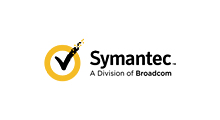
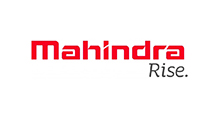
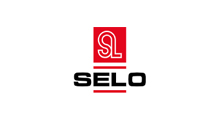
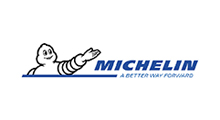

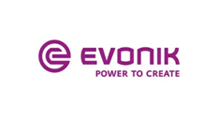

Free Customization
Countries can be added on demand
Free yearly update on purchase of Multi/Corporate User License
Companies served till date

We serve our customers 24x7 for 365 days through calls, emails and live chat options.
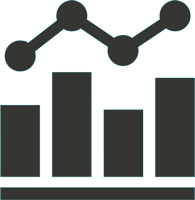
Huge database of exceptional market reports bringing market intelligence to your fingertips.

SSL enabled, we offer you various secured payment options for risk free purchase.